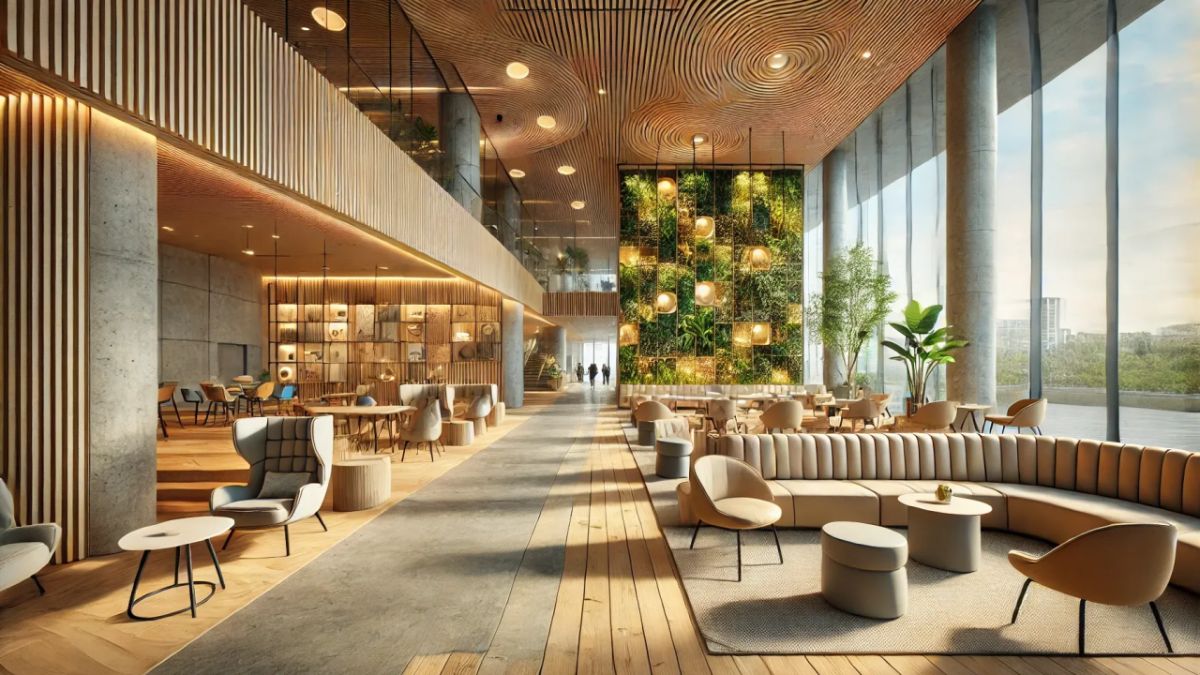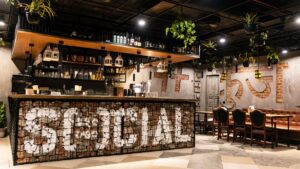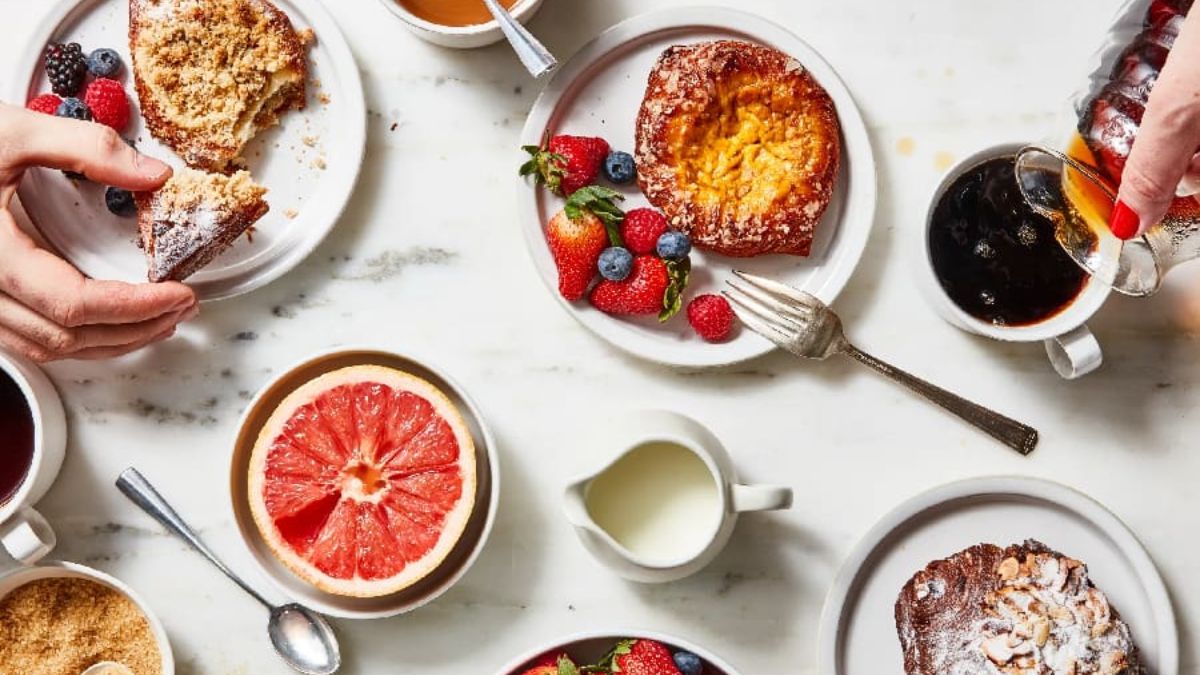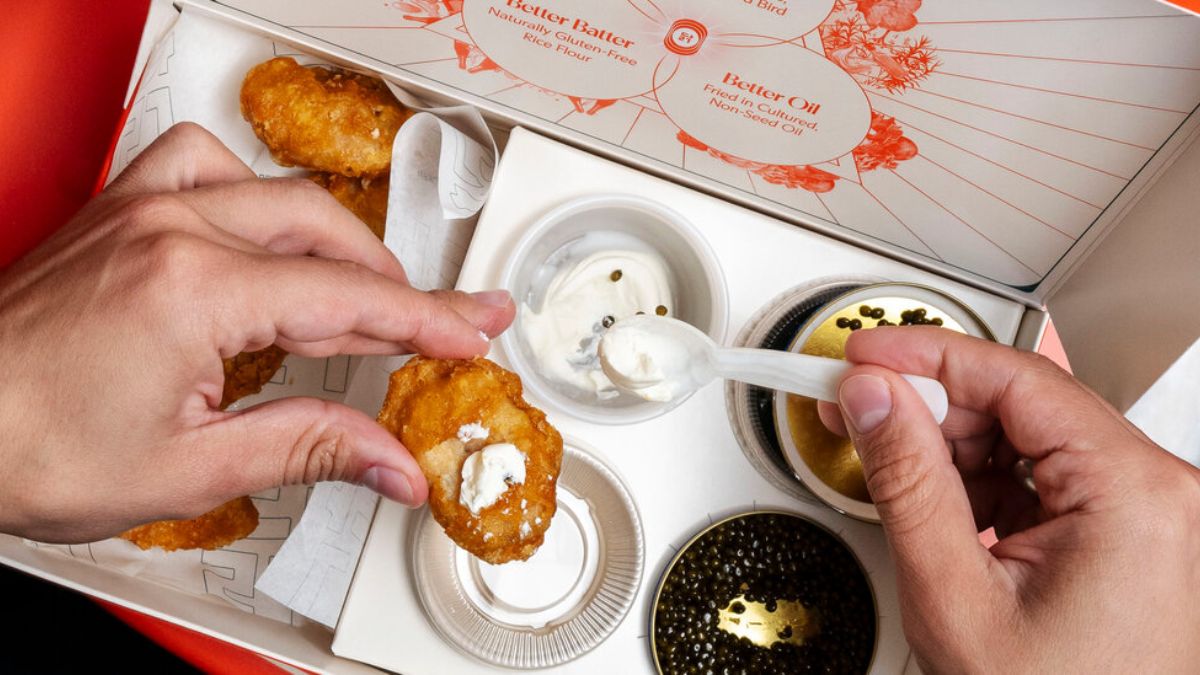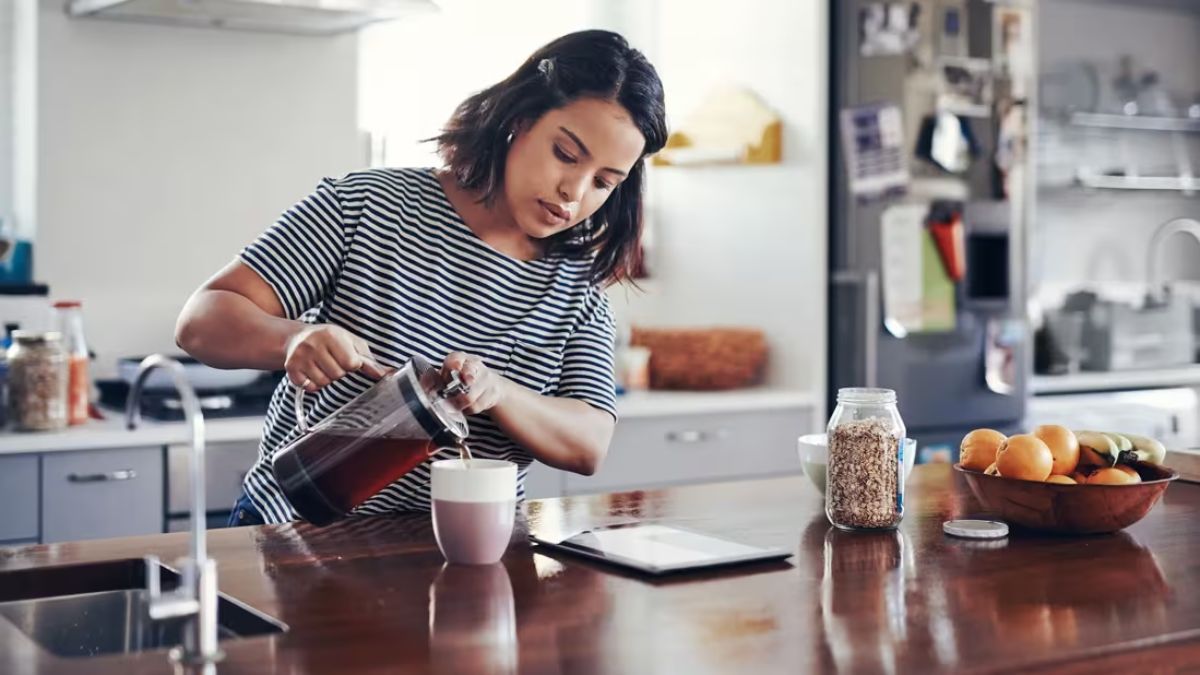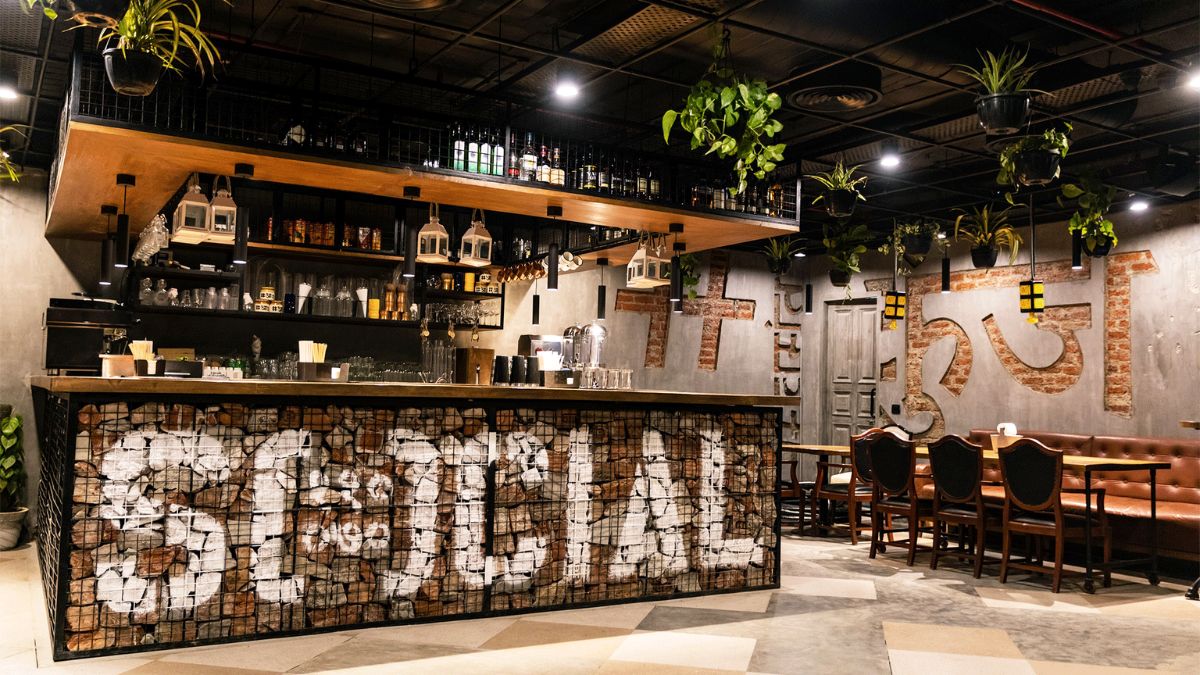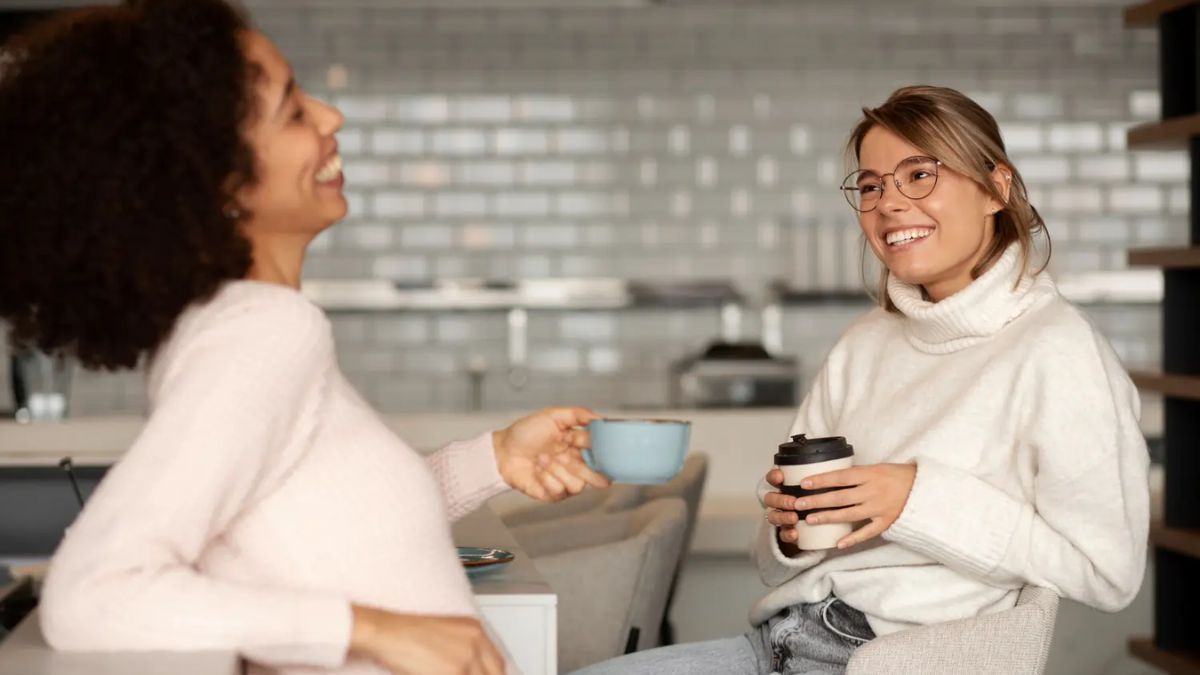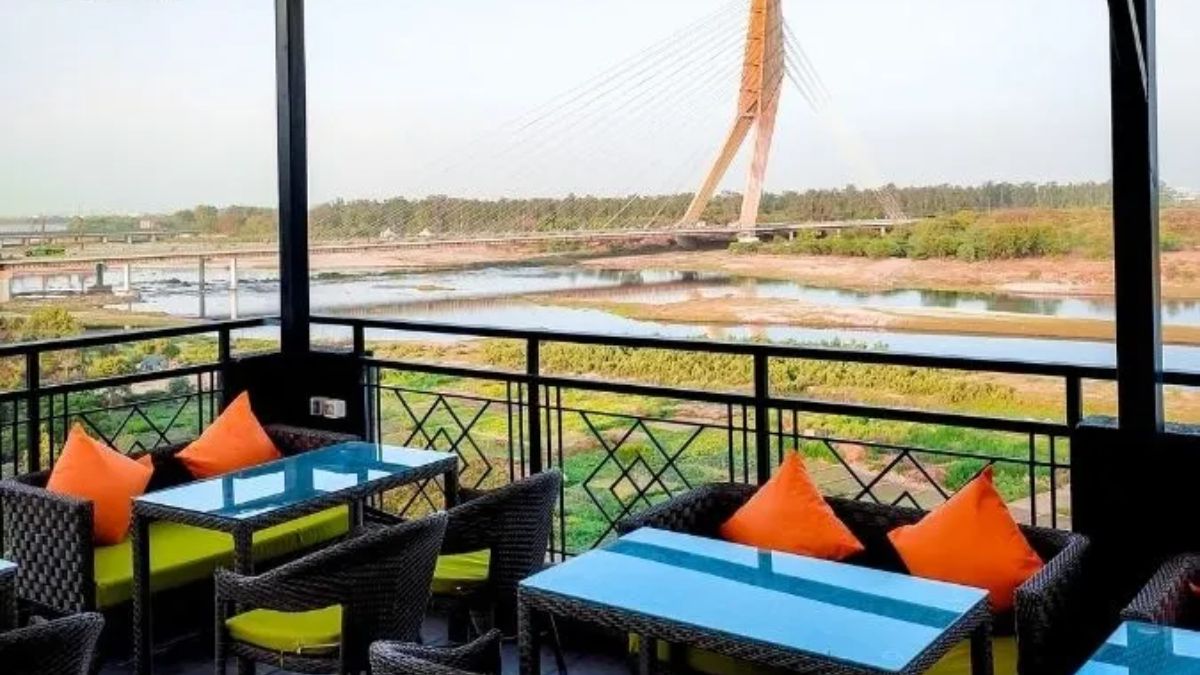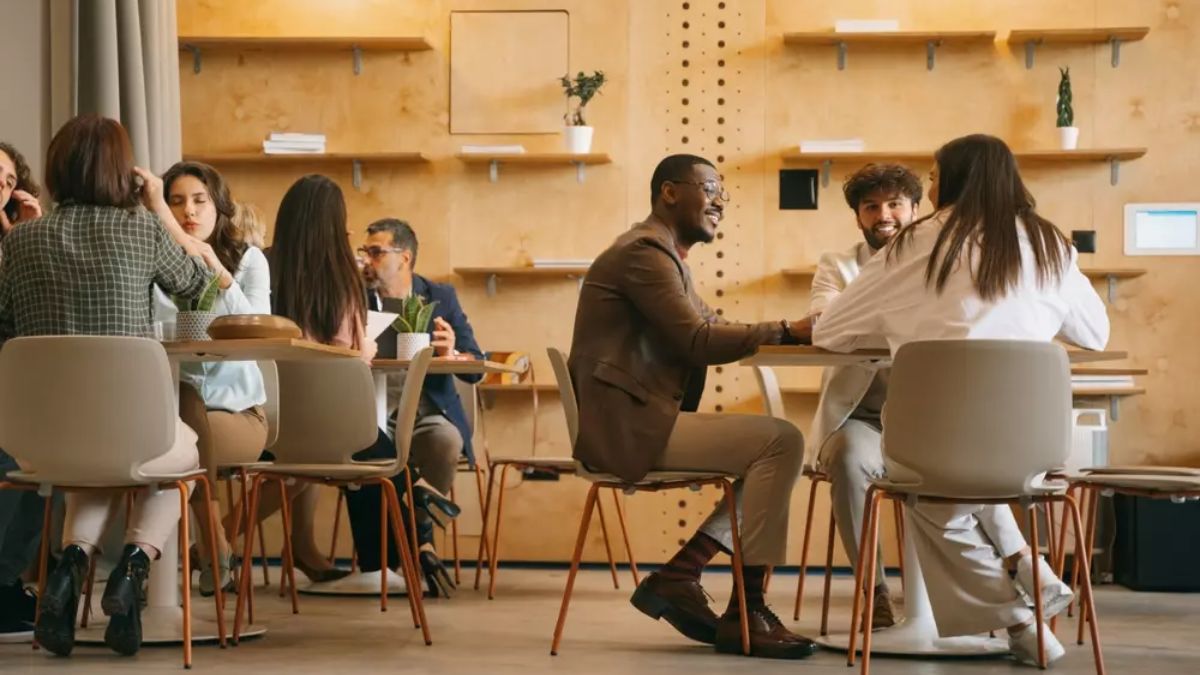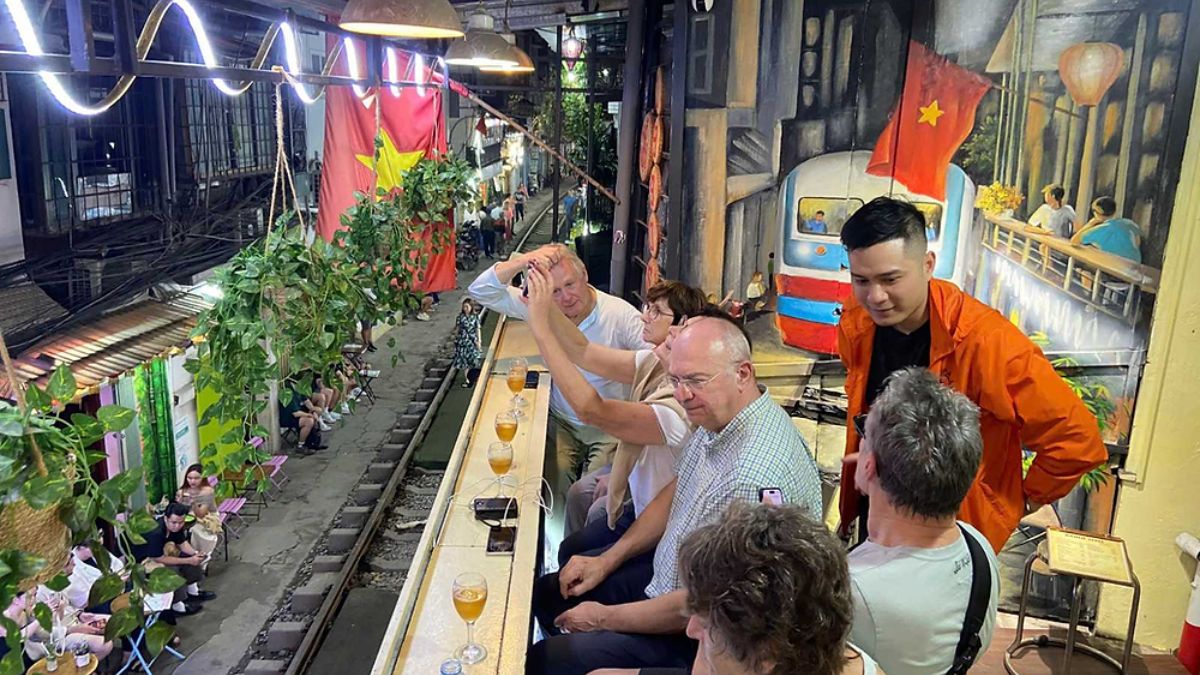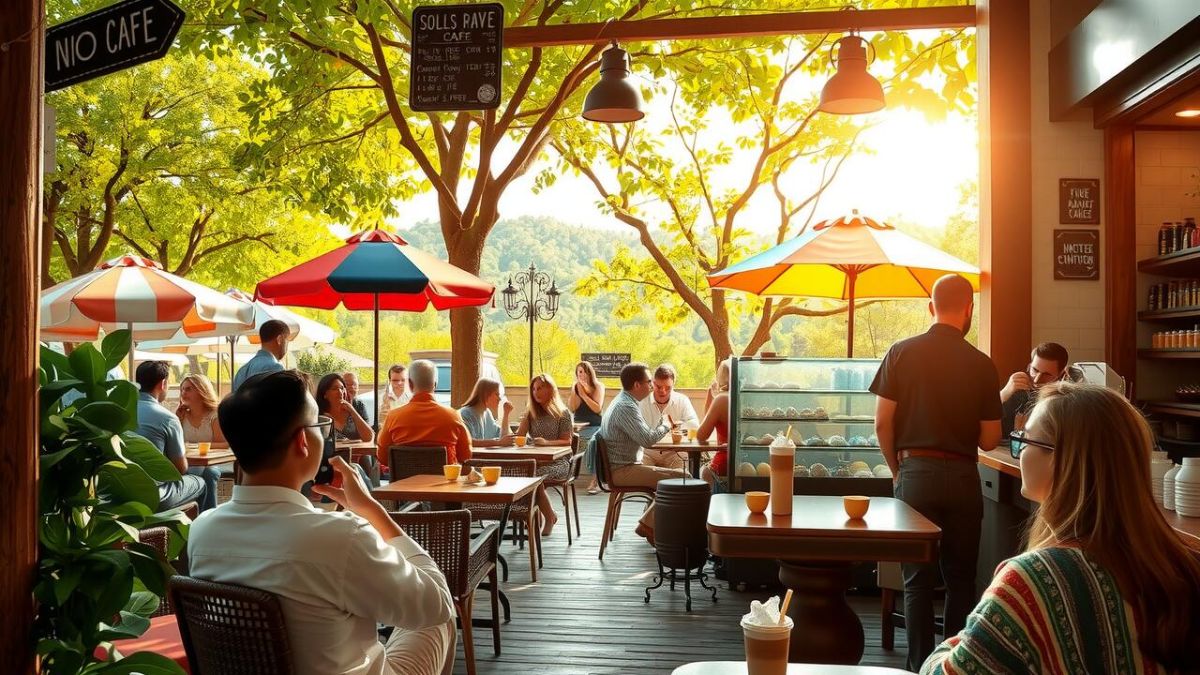Ever walked into a café and instantly felt calm? Or energized? Or oddly creative? That’s not random—it’s design. The interior of a café does more than just look good; it affects how we feel, think, and act.
From lighting and colors to seating and sound, every design choice in a café can influence your mood, your decisions, even how long you stay. Let’s take a look at how café interiors are subtly shaping our behavior—one latte at a time.
Atmosphere
The overall atmosphere of a café sets the emotional tone. Soft lighting, warm wood tones, and cozy seating signal comfort and relaxation. On the other hand, bright lights, sharp lines, and industrial decor might encourage quick visits and productivity.
Design creates cues for how we’re supposed to behave in the space. A quiet, moody café? Great for reading and deep conversation. A bright, open café with upbeat music? Perfect for socializing or getting work done.
Color
Color has psychological power. It doesn’t just fill a space—it affects how we feel inside it. Earthy tones like browns, greens, and soft oranges often create a warm, grounded feeling.
Cool blues and grays can feel calm but sometimes distant. Bright accents like yellow or red can energize or stimulate appetite. Smart cafés use color to guide emotions without saying a word.
Lighting
Lighting might be the most underrated design element. Natural light makes people feel happier, more relaxed, and more likely to linger. Dim lighting can feel intimate, while fluorescent or harsh lighting often feels rushed or clinical.
Cafés that want customers to stay longer (and order more) usually opt for soft, indirect lighting. It creates a space you don’t want to leave.
Seating
Ever notice how different cafés have different types of seating? That’s intentional.
- Soft couches and lounge chairs encourage you to stay longer, maybe even read or work.
- Bar stools and high tables push quicker turnover and shorter visits.
- Communal tables invite group work or conversation, while solo seating creates personal space.
The furniture layout silently nudges how we interact—with the space and with others.
Sound
Sound can totally shift how a space feels. A playlist of slow acoustic tracks sets a chill vibe. Upbeat indie or jazz tunes encourage movement and energy. White noise or ambient sounds can help people focus.
Too loud? It’s uncomfortable. Too quiet? It feels awkward. The best cafés hit that perfect middle where you’re aware of the sound, but not distracted by it.
Smell
The scent of freshly ground coffee beans isn’t just pleasant—it’s powerful. Smell is closely linked to memory and emotion. The right aroma can create an instant sense of comfort and familiarity.
Some cafés even bake cookies or bread on purpose—not just to sell them, but to create that warm, inviting atmosphere people crave.
Behavior
All of these elements—lighting, color, sound, seating, and smell—combine to influence how we behave.
Do we order quickly and leave? Do we stay for hours and keep buying more? Do we feel creative, relaxed, or alert? The environment shapes the experience without us realizing it.
How Café Design Affects Behavior
| Design Element | Behavioral Impact |
|---|---|
| Lighting | Affects mood, time spent, and energy levels |
| Color | Influences emotion and appetite |
| Seating | Shapes social interaction and stay duration |
| Sound | Sets energy, focus, or relaxation tones |
| Smell | Creates comfort and emotional connection |
Experience
Café design is about more than aesthetics. It’s a quiet language that speaks to our senses. The most successful cafés understand this and design intentionally to make you feel something—without ever having to say a word.
So next time you’re sitting in your favorite café, take a moment to notice the details. How the light hits the table, the tone of the music, the texture of the chairs. You’ll start to see just how much thought went into making you feel exactly the way you do.
FAQs
Do café interiors affect mood?
Yes, lighting, color, and sound influence how we feel inside cafés.
Why do some cafés feel more relaxing?
Soft lighting, warm colors, and cozy furniture create calm vibes.
Does seating affect how long we stay?
Yes, comfy seating invites longer visits, stools encourage short stays.
Can smell influence customer behavior?
Definitely. Coffee and baked scents increase comfort and time spent.
Is music important in café design?
Yes, music sets the energy level and enhances the overall experience.

